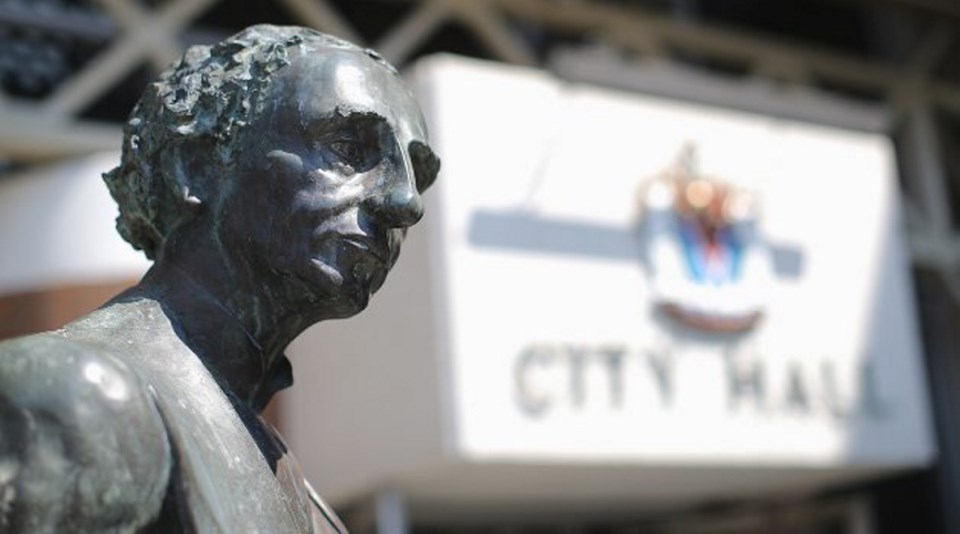Reconciliation with Indigenous communities is an important undertaking in Canada today. What reconciliation looks like, and how we build trust in order to move forward to create a future of equal opportunity and respect, is an uncharted journey guided largely by respect and a willingness to listen, to learn and to try.
To take action on reconciliation, city council created the city family, a group of Indigenous and non-Indigenous members appointed in June 2017. The city family is a body of council and reports to council.
When city council voted to endorse the city family’s decision to relocate the statue of Sir John A. Macdonald from the steps of city hall and expressed a desire to work with the community to find a more appropriate public space for it, I knew that council had made the right decision. And I still think that today.
But now that I have had time to reflect on the process, I feel the need to explain some things that have weighed heavily on my mind.
As mayor of Victoria, I apologize for not recognizing that the city family’s process might make some people feel excluded from such an important decision. I didn’t recognize the great desire of Victoria residents to participate in reconciliation actions. The process going forward will enable this.
Reconciliation means following Indigenous leadership. It means listening carefully to how symbols and monuments that might be meaningful to many can create barriers for others. And it also means being in dialogue, and creating opportunities for true learning and conversation among Indigenous and non-Indigenous communities. But it is complex, and so we will make mistakes as we navigate and try to walk this road together.
I made a public commitment to bring the wishes of council and the public for a wider community conversation about reconciliation and a new location for the statue to the city family. I will do this. I have also arranged a meeting with the John A. Macdonald Society and invited the statue’s sculptor, John Dann. These conversations are also important steps in the reconciliation process.
I do not speak for the whole city family — I am but one member — but I can explain from my point of view why the statue needed to be removed from the steps of city hall even though we had not yet selected a site to publicly relocate it.
This action was not, as many news articles have suggested, a symbolic or empty gesture. The statue in its original location was a barrier to Indigenous communities’ engagement with city hall. The Truth and Reconciliation Commission calls upon all levels of government to engage with Indigenous Peoples on reconciliation action. Without relocating the statue, we were not able to invite First Nations to city hall in good faith and respect.
Reconciliation needs to take place in the real world, not just in our hearts.
Macdonald shaped one of the greatest nations and strongest democracies in the world. When we look around the world today, we have a lot to be thankful for. Moving the statue does not erase this history.
The statue’s relocation to a more appropriate public place — and all the conversations that have taken place and will continue to take place — only serve to broaden our understanding of Canadian history.
It’s time to move forward together.
As we work through the process of reconciliation as a community, with the Songhees and Esquimalt Nations on whose homeland the city was built, we have the opportunity to create a more welcoming, inclusive city for everyone. And this is something I’ve heard loud and clear that all Victorians value.
Lisa Helps is the mayor of Victoria.



